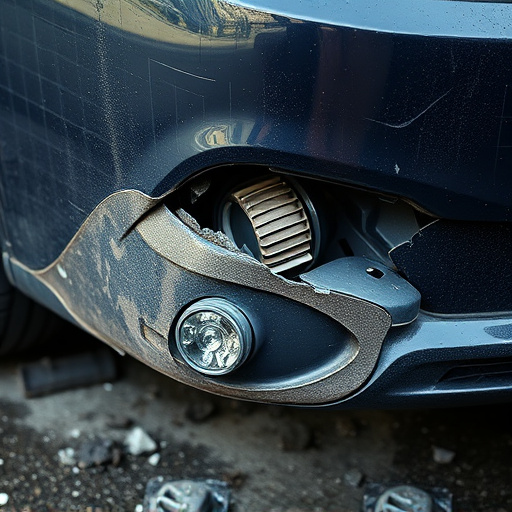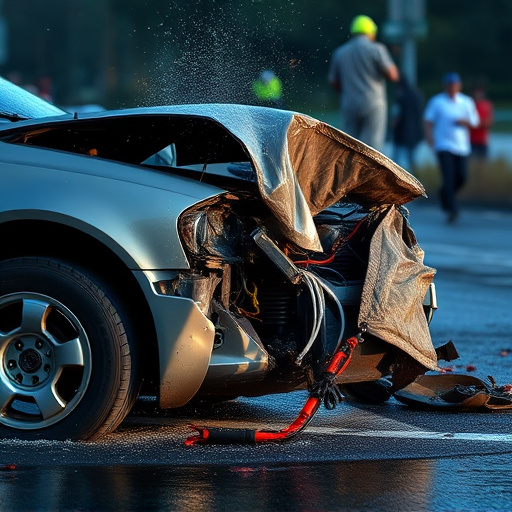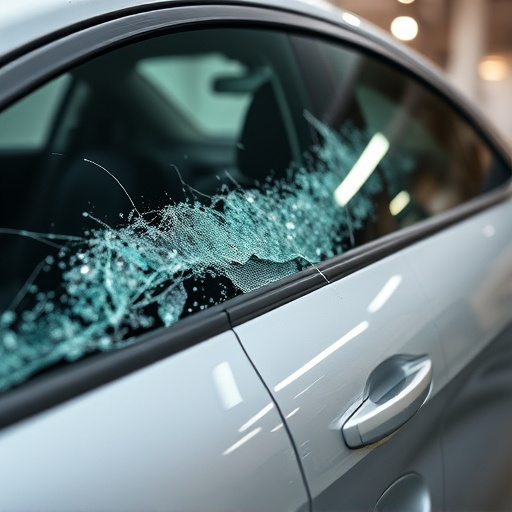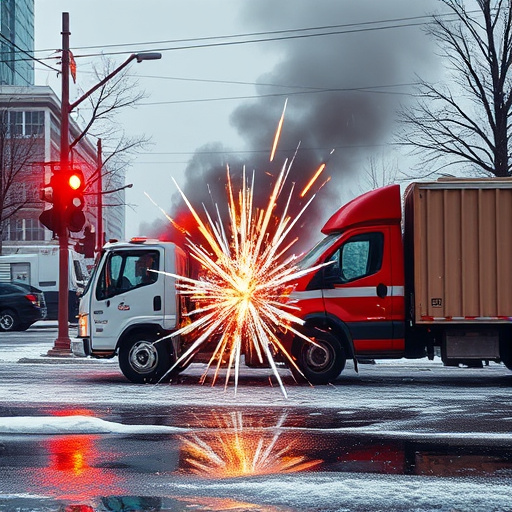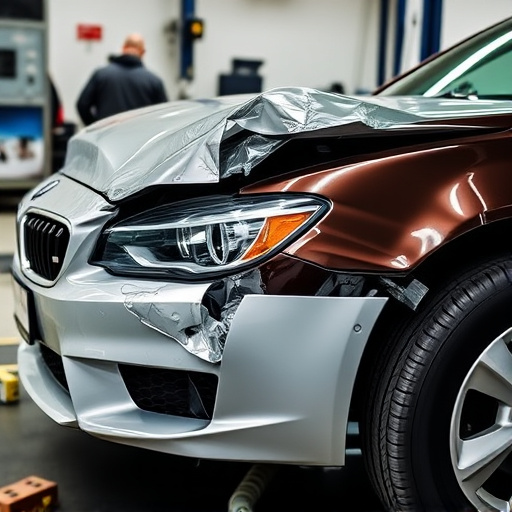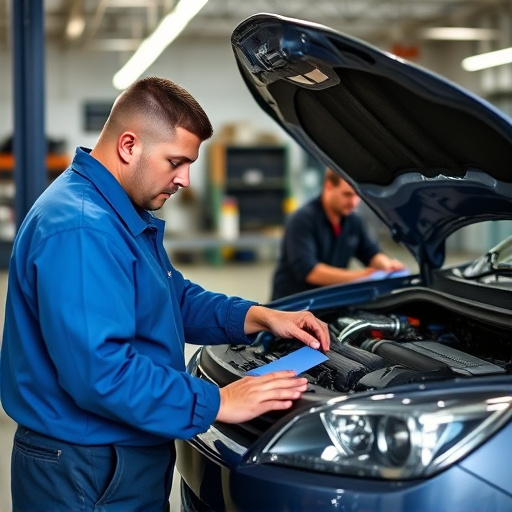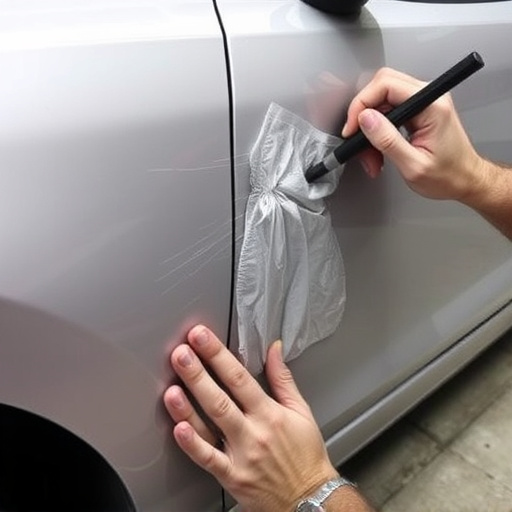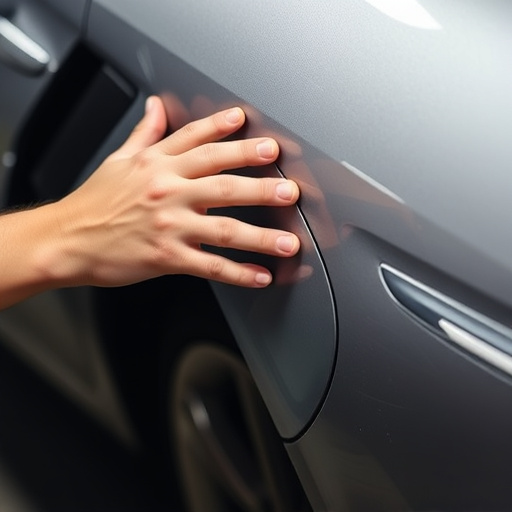Efficient Model X crash repair relies on meticulous damage assessment by trained technicians using advanced tools to identify structural and component issues. Streamlined workshop workflow, optimized tasks, and access to necessary tools enhance productivity. Advanced technology like CAD software and automated robotic systems ensure precision, accuracy, and efficient repairs, meeting high safety standards for quality bodywork restoration.
In today’s digital era, efficient crash repair processes are paramount for automotive shops, especially those specializing in electric vehicles like the Tesla Model X. This article explores the art and science of Model X crash repair, focusing on damage assessment, workflow optimization, and advanced technology. By understanding complex damage patterns and implementing streamlined shop operations, repair facilities can enhance their efficiency, reduce costs, and ensure superior customer satisfaction for Model X owners.
- Understanding Model X Crash Damage Assessment
- Efficient Shop Workflow for Quick Repairs
- Advanced Technology in Model X Crash Repair Process
Understanding Model X Crash Damage Assessment
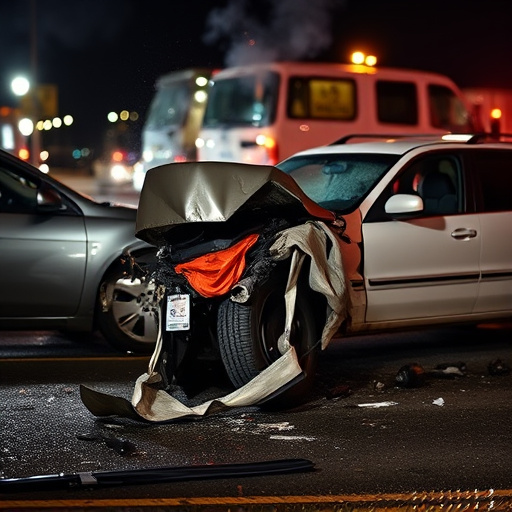
Understanding Model X Crash Damage Assessment plays a pivotal role in efficient shop operational efficiency for Model X crash repair. It involves a meticulous process where trained technicians meticulously evaluate every facet of the vehicle’s structure and components, from frame integrity to panel alignment. This comprehensive assessment goes beyond visible dents and scratches, utilizing advanced diagnostic tools to identify hidden damage, ensuring no part goes unnoticed during the repair process.
Accurate damage assessment is crucial for effective car restoration, as it guides the sequence of repairs and ensures parts compatibility. By carefully documenting and categorizing each damage type—be it frame misalignment, cracked components or dent removal—technicians can develop a strategic plan for car body repair, optimizing workshop workflow and ultimately delivering a high-quality, like-new Model X to its owner.
Efficient Shop Workflow for Quick Repairs
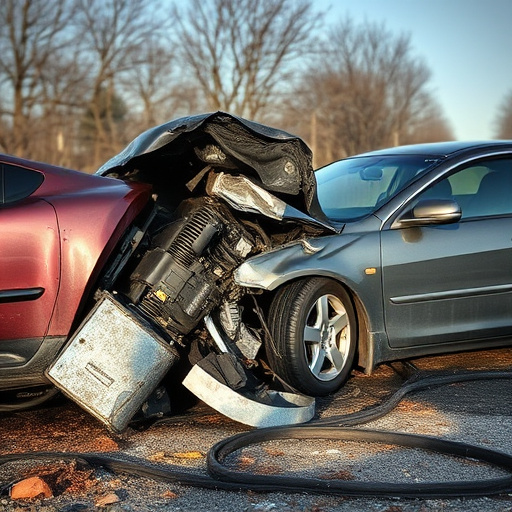
Efficient shop workflow is key to achieving swift Model X crash repairs. Streamlining processes allows for optimized operations, reducing downtime and expediting turnaround times. A well-organized workshop with designated areas for assessment, parts storage, and repair stations ensures a seamless flow of work. This includes efficient communication among staff, clear procedures for each repair stage, and access to the right tools and equipment.
By implementing these strategies, body shops can enhance their productivity in handling Model X crash repairs, including vehicle dent repair, scratch repair, and more complex vehicle body repair tasks. An optimized workflow not only benefits the shop’s operational efficiency but also ensures customers receive their vehicles back promptly, enhancing overall satisfaction.
Advanced Technology in Model X Crash Repair Process
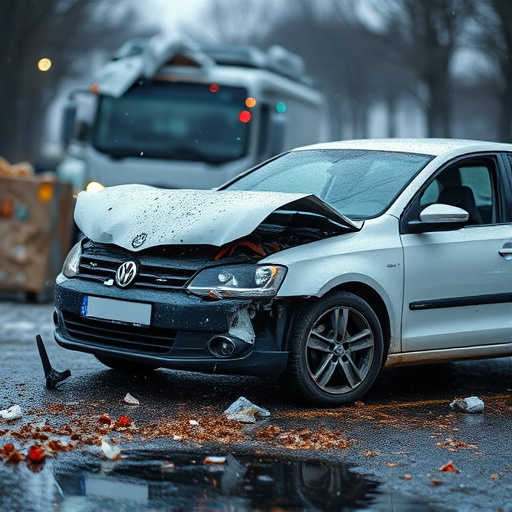
The Model X crash repair process leverages advanced technology to ensure precision and efficiency. Modern tools like computer-aided design (CAD) software enable technicians to accurately measure and map damaged areas, facilitating precise repairs. This digital approach reduces the risk of human error and ensures that every component is restored to its original specifications.
Furthermore, automated robotic systems play a significant role in the bodywork restoration process. These robots can handle complex tasks with unmatched consistency, from panel replacement to painting. By integrating such technology, Mercedes-Benz collision repair shops not only enhance their operational efficiency but also deliver high-quality vehicle bodywork and car restoration services that meet stringent safety standards.
Model X crash repair is a complex yet efficient process, enhanced by advanced technology and streamlined shop workflows. By understanding Model X crash damage assessment and implementing best practices, automotive shops can significantly improve operational efficiency while ensuring high-quality repairs. These strategies not only benefit the shop’s bottom line but also contribute to safer, more reliable vehicles on the road.


